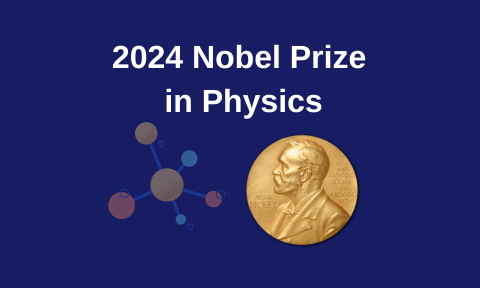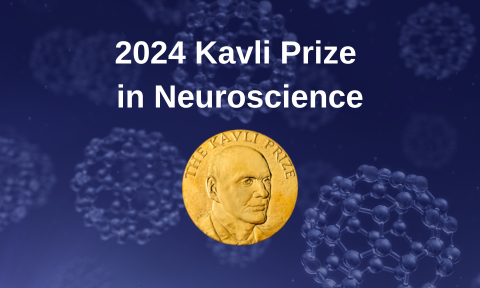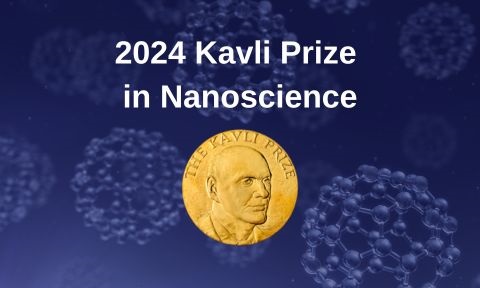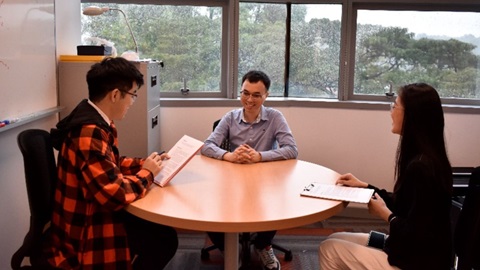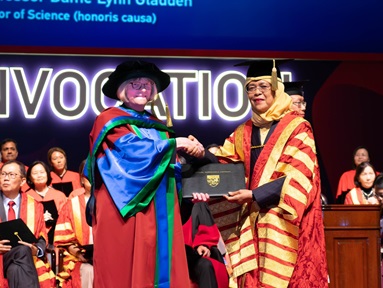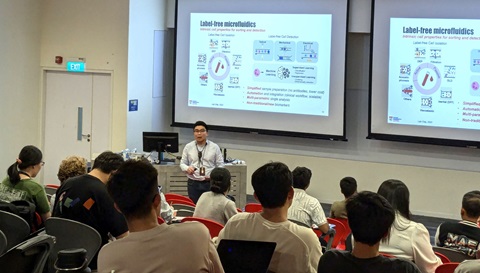Quantum Dots Illuminate Nanoscience and the World: 2023 Nobel Prize in Chemistry
Dr Zhang Xiaodong and Prof Zhao Yanli | School of Chemistry, Chemical Engineering and Biotechnology, NTU
The 2023 Nobel Prize in Chemistry was jointly awarded to Moungi Bawendi (a professor at Massachusetts Institute of Technology), Louis Brus (a professor at Columbia University), and Alexei Ekimov (a scientist at Nanocrystal Technology Inc.) for their pioneering contributions to the discovery and synthesis of quantum dots.

Image credit: https://www.nobelprize.org/prizes/chemistry/2023/summary/
Quantum dots are tiny nano-sized crystals composed of hundreds to thousands of atoms, representing a useful class of materials distinguished by their unique properties. Unlike conventional methods altering material characteristics by selecting different atoms or sets of atoms, the properties of quantum dots can vary with their size while maintaining their atoms and crystal structures. This revolutionary discovery has opened new frontiers in nanoscience and nanotechnology, providing avenues to engineer materials with extraordinary attributes. The size-dependent properties of quantum dots are attributed to the quantum effect, a concept theorised as early as the 1930s but deemed nearly impossible to observe for decades, because it was challenging to synthesise such tiny crystals. The three Nobel Prize laureates successfully overcame this challenge, creating perfectly crystalline structures of ultrasmall nanoparticles. Their specific contributions are summarised in the image below.
Image credit: Johan Jarnestad / The Royal Swedish Academy of Sciences
One distinctive property of quantum dots is their capability to absorb and emit different colored light, determined by their size, ranging from blue for smaller quantum dots to red for larger ones. By exploiting this property, quantum dots have been utilised for producing RGB colors in television screens. Their light can also drive chemical reactions and even illuminate tumor tissue for surgeon.
In essence, the discovery of this size-dependent property in quantum dots facilitates the manipulation of material characteristics without altering the composition, reshaping our understanding and influencing the world scientifically and practically.
For more information, watch the video on 2023 Nobel Prize in Chemistry.


